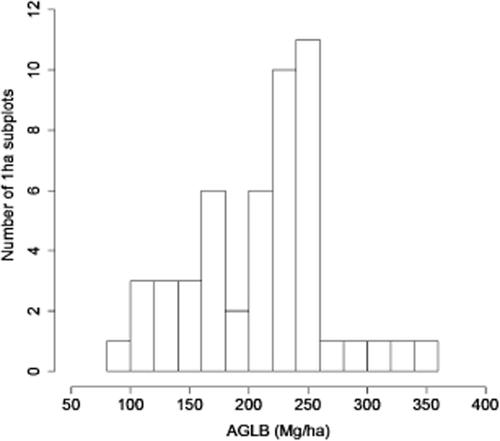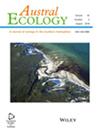Forest carbon in lowland Papua New Guinea: Local variation and the importance of small trees
Abstract
Efforts to incentivize the reduction of carbon emissions from deforestation and forest degradation require accurate carbon accounting. The extensive tropical forest of Papua New Guinea (PNG) is a target for such efforts and yet local carbon estimates are few. Previous estimates, based on models of neotropical vegetation applied to PNG forest plots, did not consider such factors as the unique species composition of New Guinea vegetation, local variation in forest biomass, or the contribution of small trees. We analysed all trees >1 cm in diameter at breast height (DBH) in Melanesia's largest forest plot (Wanang) to assess local spatial variation and the role of small trees in carbon storage. Above-ground living biomass (AGLB) of trees averaged 210.72 Mg ha−1 at Wanang. Carbon storage at Wanang was somewhat lower than in other lowland tropical forests, whereas local variation among 1-ha subplots and the contribution of small trees to total AGLB were substantially higher. We speculate that these differences may be attributed to the dynamics of Wanang forest where erosion of a recently uplifted and unstable terrain appears to be a major source of natural disturbance. These findings emphasize the need for locally calibrated forest carbon estimates if accurate landscape level valuation and monetization of carbon is to be achieved. Such estimates aim to situate PNG forests in the global carbon context and provide baseline information needed to improve the accuracy of PNG carbon monitoring schemes.


 求助内容:
求助内容: 应助结果提醒方式:
应助结果提醒方式:


